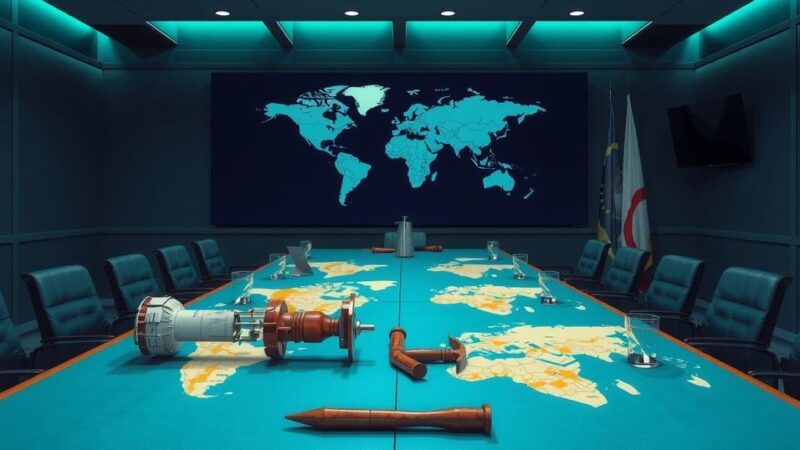A New York Times team has reported from central Khartoum, witnessing the military’s recent capture of key sites amid ongoing civil war combat against paramilitary forces. This significant military success marks a potential turning point, despite concerns over the war’s persistence and uncertain future.
A New York Times reporter and photographer have made a significant breakthrough as the first Western journalists to enter central Khartoum since the onset of the civil war two years ago. The devastation observed was profoundly striking. The soldiers assembled at the battle-scarred presidential palace, donned weaponry, and prepared for their mission to eliminate remaining paramilitary fighters from the city.
Following the military’s capture of the presidential palace amidst intense fighting that resulted in numerous fatalities, they have since taken control of vital locations in central Khartoum, including the Central Bank and the national intelligence headquarters. This development marks a critical turning point in the ongoing civil war.
Declan Walsh, the chief Africa correspondent for The New York Times, alongside photographer Ivor Prickett, reported the unusual sight of an empty city center following the military operations. Their report emphasizes the significant shift in the conflict, although they express skepticism regarding an imminent resolution. Special Forces officer Mohamed Ibrahim articulated their resolve, stating, “We will never leave our country to the mercenaries,” in reference to the rival paramilitary force.
Ultimately, this military advance not only alters the immediate conflict dynamics but may also significantly reshape the ongoing struggles within the nation as the military seeks absolute control over Sudan.
The recent military operations in Khartoum represent a pivotal shift in the ongoing civil conflict in Sudan. The capture of key strategic locations by the military underscores the current power struggle against the rival paramilitary force. Despite this progress, the overall sentiment remains pessimistic regarding the resolution of the war, as indicated by both military personnel and journalists covering the events.
Original Source: www.nytimes.com






